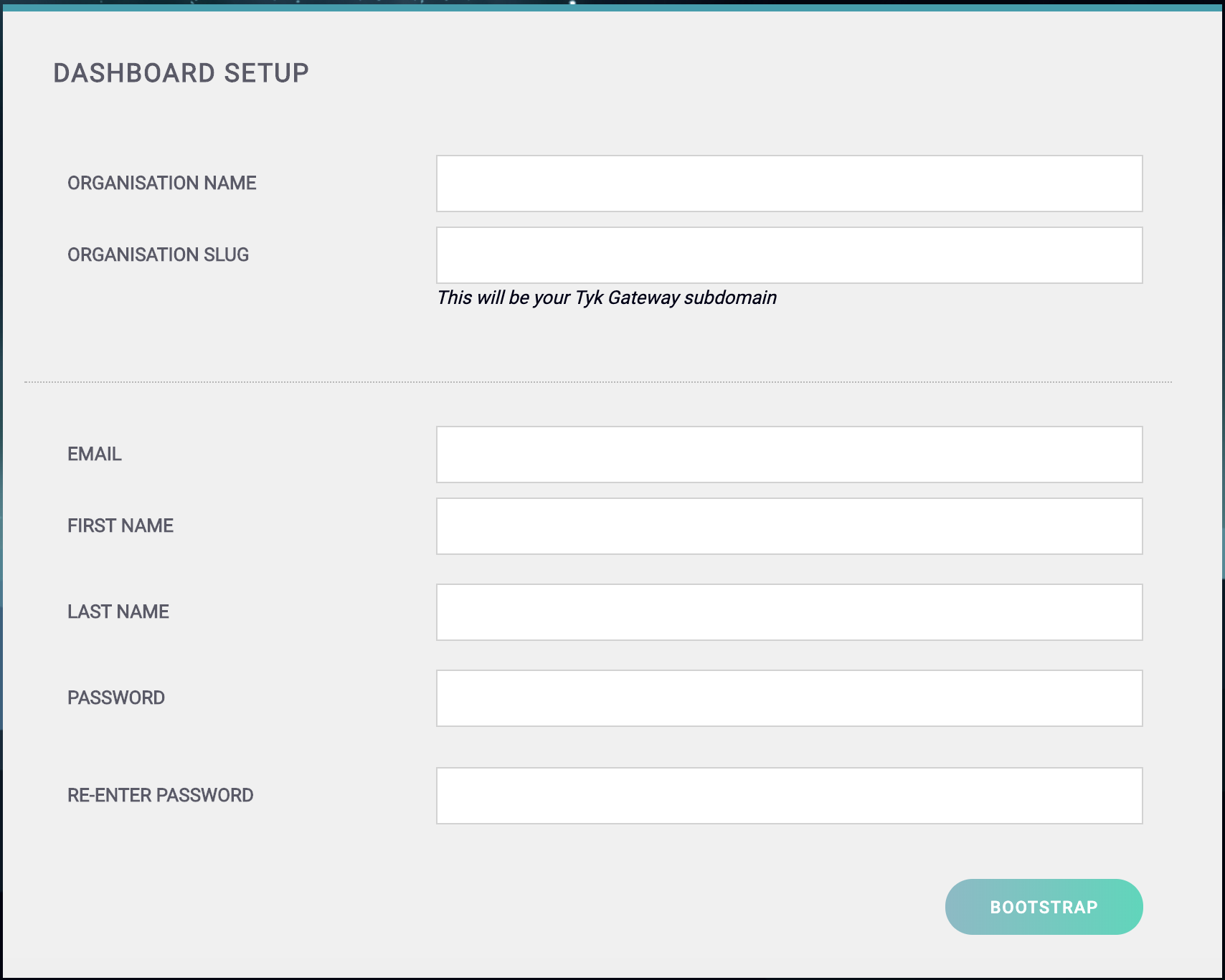Docker on Windows Linux Subsystem - Docker Pro Demo
Last updated: 3 minutes read.
The Tyk Pro Docker demo is our full Self-Managed solution, which includes our Gateway, Dashboard, and analytics processing pipeline. This demo will run Tyk Self-Managed on your machine, which contains 5 containers: Tyk Gateway, Tyk Dashboard, Tyk Pump, Redis and MongoDB. This demo is great for proof of concept and demo purposes, but if you want to test performance, you will need to move each component to a separate machine.
Warning
This demo is NOT designed for production use or performance testing.
Note
You use this at your own risk. Tyk is not supported on the Windows platform. However you can test it as a proof of concept using our Pro Demo Docker installation.
Prerequisites
- MS Windows 10 Pro with Windows Linux Subsystem enabled
- Docker Desktop for Windows running with a signed in Docker ID
- Git for Windows
- PowerShell running as administrator
- Postman for Windows
- Our Pro Demo Docker GitHub repo
- A free Tyk Self-Managed Developer license
- Optional: Ubuntu on Windows
Step One - Clone the Repo
Clone the repo above to a location on your machine.
Step Two - Edit your hosts file
You need to add the following to your Windows hosts file:
127.0.0.1 www.tyk-portal-test.com
127.0.0.1 www.tyk-test.com
Step Three - Configure file permissions
In order to mount the files, you need to allow Docker engine has access to your Drive. You can do that by going to the Docker settings, Shared Drives view, and manage the access. If after all you will get issue regarding path permissions, you will need to create a separate user specifically for the docker according to this instructions https://github.com/docker/for-win/issues/3385#issuecomment-571267988
Step Four - Add your Developer License
You should have received your free developer license via email. Copy the license key in the following location from your \confs\tyk_analytics.conf file:
"license_key": ""
Step Five - Run the Docker Compose File
From PowerShell, run the following command from your installation folder:
docker-compose up
This will will download and setup the five Docker containers. This may take some time and will display all output.
NOTE
If you are getting issues related to errors when mounting files, you may need to modify
docker-compose.yml file, and change configs paths from related to absolute, and from linux format to windows format, like this:
volumes:
- C:\Tyk\confs\tyk_analytics.conf:/opt/tyk-dashboard/tyk_analytics.conf
Step Six - Got to the Dashboard URL
Go to:
127.0.0.1:3000
You should get to the Tyk Dashboard Setup screen:

Step Seven - Create your Organisation and Default User
You need to enter the following:
- Your Organisation Name
- Your Organisation Slug
- Your User Email Address
- Your User First and Last Name
- A Password for your User
- Re-enter your user Password
Note
For a password, we recommend a combination of alphanumeric characters, with both upper and lower case letters.
Click Bootstrap to save the details.
You can now log in to the Tyk Dashboard from 127.0.0.1:3000, using the username and password created in the Dashboard Setup screen.
Configure your Developer Portal
To set up your Developer Portal follow our Self-Managed tutorial on publishing an API to the Portal Catalogue.